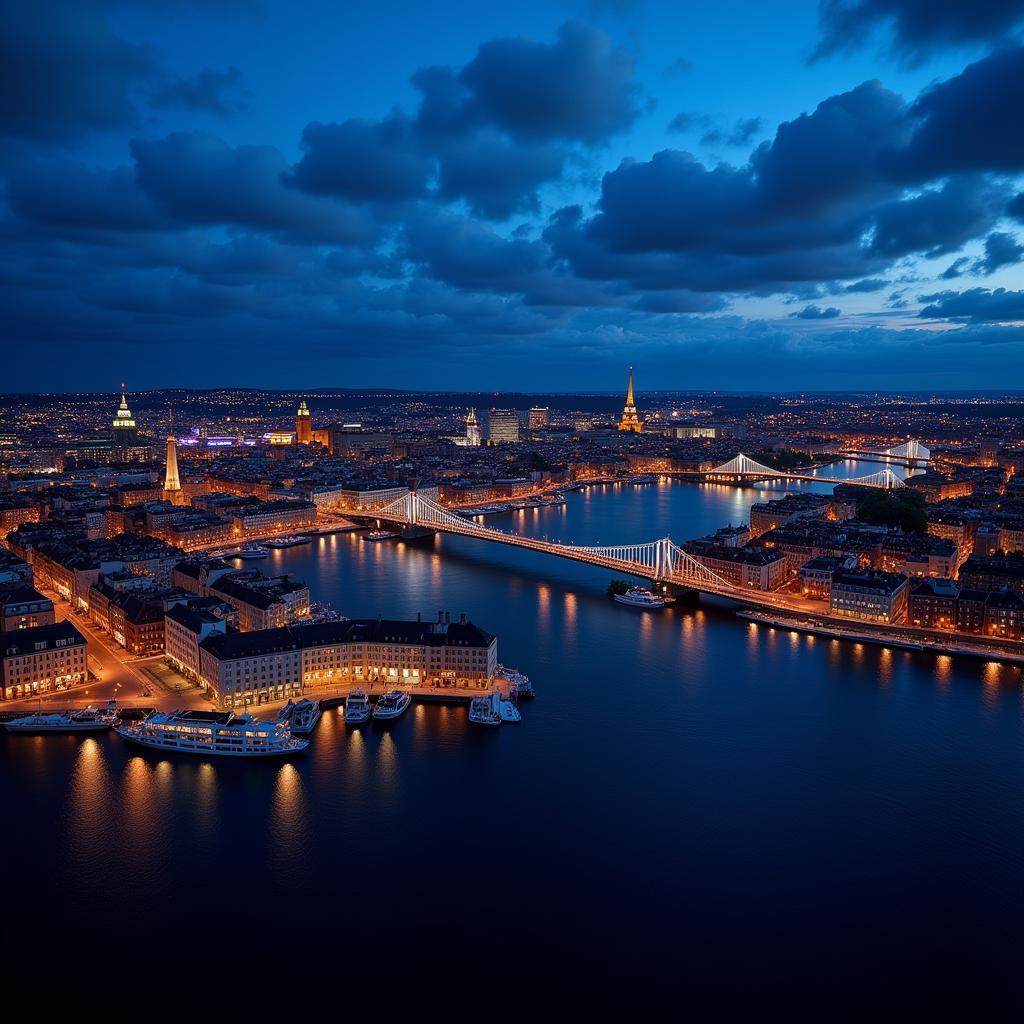Exploring Capitals Built on Bridges
October 27, 2024Cities built on water have always held a certain mystique, a testament to human ingenuity and their enduring connection to nature. While some boast grand canals and sprawling waterways, others are defined by a more unique feature: bridges. In these remarkable capitals, bridges aren’t just pathways, they are the very foundation upon which the city’s identity is built. Let’s embark on a journey to uncover the stories etched into the architecture and history of these captivating capitals formed by bridges.
Amsterdam: The Venice of the North
With a name that literally translates to “dam on the Amstel River,” Amsterdam’s destiny as a city of bridges was preordained. This Dutch capital boasts over 1,200 bridges, each with a tale to tell. The iconic canals, designated a UNESCO World Heritage Site, weave a mesmerizing tapestry, reflecting the city’s Golden Age heritage.
From the picturesque Magere Brug (Skinny Bridge) to the monumental Python Bridge, Amsterdam’s bridges are as diverse as the city itself. Some whisper tales of forbidden romance, while others stand as silent witnesses to historical triumphs and tribulations. Walking along these waterways, one can’t help but feel a profound connection to the city’s maritime past and vibrant present.
Stockholm: Beauty on Fourteen Islands
Sweden’s capital, Stockholm, is an archipelago embracing the Baltic Sea. Spread across fourteen islands connected by 57 bridges, this “Venice of the North” offers breathtaking views and a unique urban landscape. Each bridge tells a story of Stockholm’s evolution, from its medieval origins to its modern Scandinavian elegance.
 Stockholm's Waterfront at Night
Stockholm's Waterfront at Night
The majestic Djurgården Bridge, a symbol of Stockholm’s industrial prowess, stands in stark contrast to the elegant Strömbron Bridge, a central artery pulsating with the city’s dynamic energy. Exploring Stockholm’s bridges is akin to leafing through a captivating history book, each page revealing a new chapter in the city’s ever-evolving narrative.
Hamburg: A City Defined by Water and Trade
Germany’s Hamburg, often dubbed the “Gateway to the World,” boasts a maritime heritage as vast as the Elbe River that flows through it. With over 2,500 bridges, more than any other city in the world, Hamburg’s identity is inextricably linked to these architectural marvels. They are not mere connectors; they are the lifeblood of this bustling port city.
From the iconic Köhlbrandbrücke, a testament to modern engineering, to the historic Trostbrücke, dating back to the 13th century, Hamburg’s bridges reflect its evolution as a center of trade and commerce. The bridges stand as proud reminders of Hamburg’s resilience, having withstood wars, floods, and the relentless passage of time.
Bridges: More Than Just Structures
These capital cities, brought to life by bridges, teach us that these structures are much more than just physical connections. They are symbols of human ingenuity, resilience, and the enduring bond between humanity and nature. Each bridge carries within its framework the echoes of history, the aspirations of its people, and the promise of a connected future. So, the next time you cross a bridge, take a moment to appreciate not just its architectural beauty, but the stories it whispers, the lives it connects, and the city it helps define.